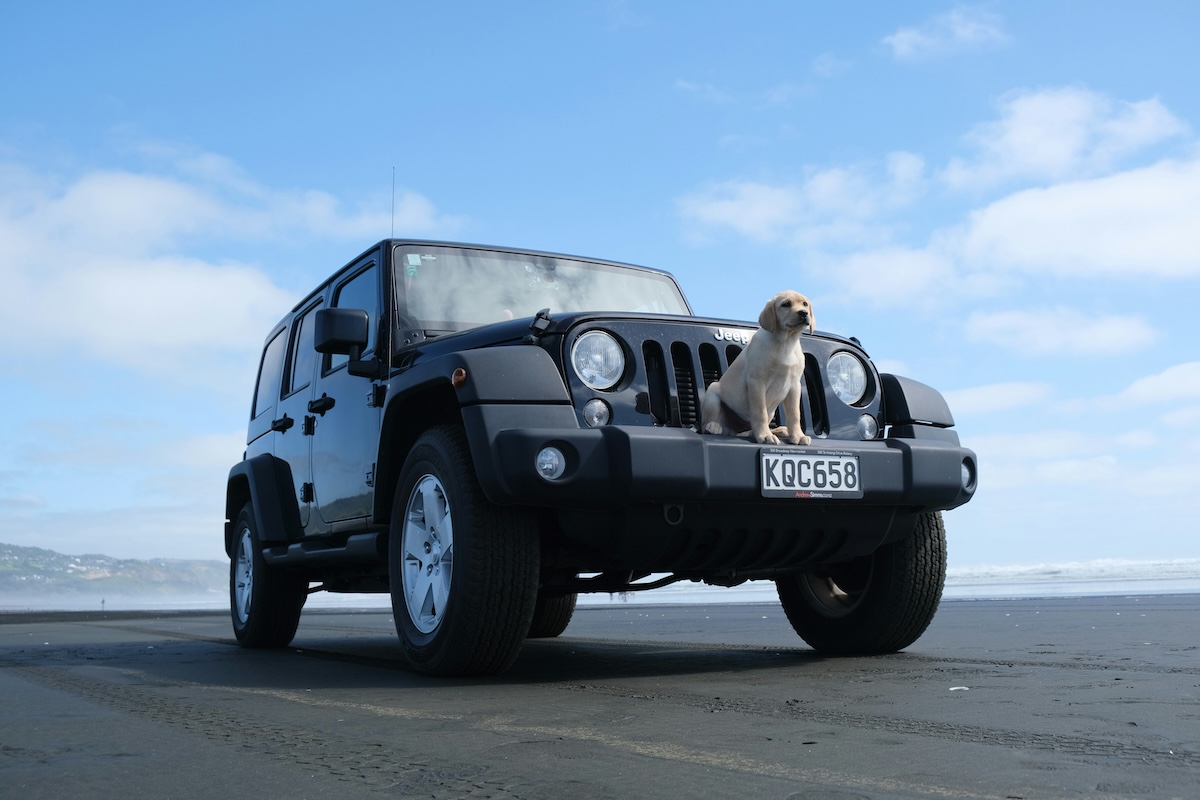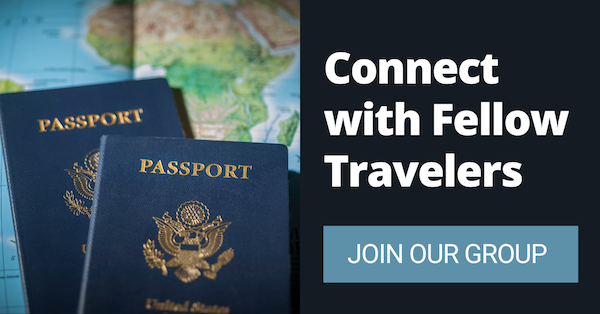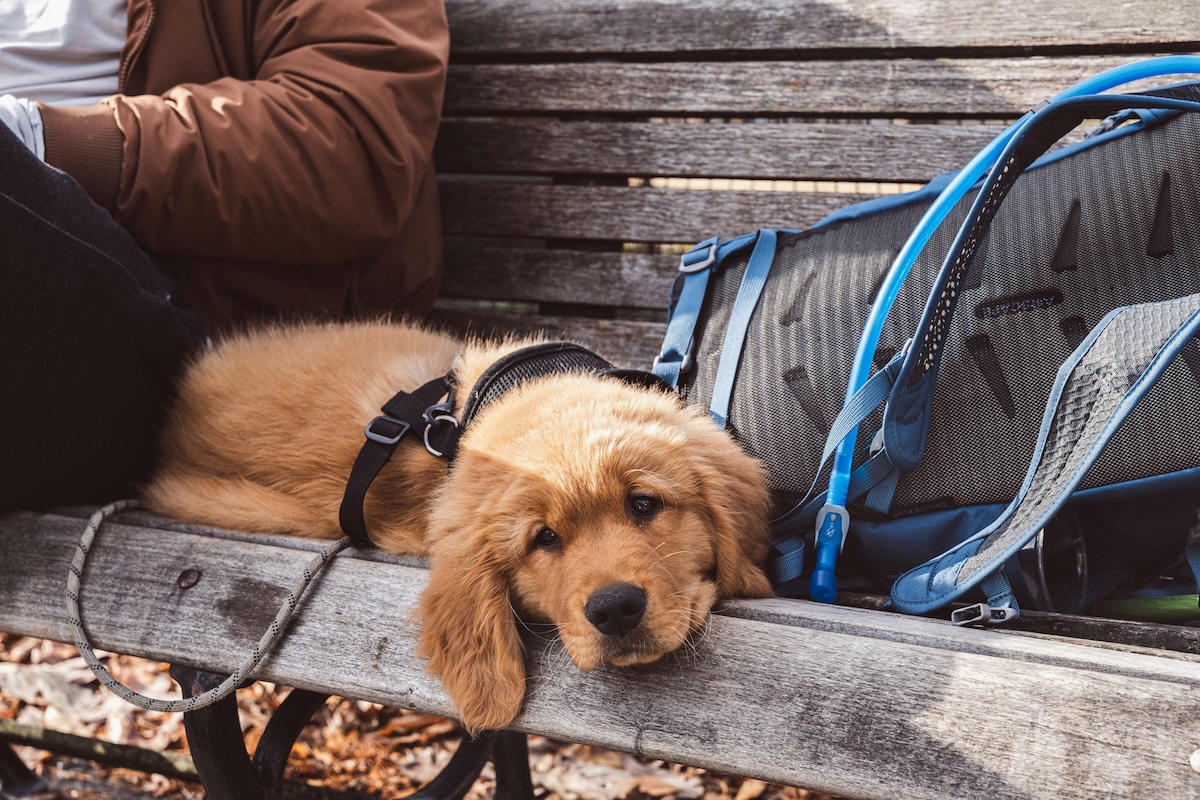
Training Your New Puppy to Be Your Perfect Travel Companion
By: Sarah Stone
Skip to Section
Article Summary
Before you plan that epic road trip or book a flight with your new puppy, you need travel-specific training that goes way beyond “sit” and “stay.”
This article breaks down how to prep your dog for real-world travel — from crate comfort and car rides to airport noise and hotel etiquette. You’ll get practical steps to build calm routines, train for public spaces, and help your pup handle unpredictable situations. Whether you’re aiming for flight readiness or road trip bliss, these tips will help you raise a travel-savvy dog who knows how to keep it together when it matters most.
- Crate training, “settle” commands, and motion sickness prep form the foundation of travel readiness.
- Gradual exposure to busy spaces, unfamiliar noises, and varied handling builds confidence and calm behavior.
- Flying with a dog requires months of noise desensitization and practice with confinement — especially for cabin travel.
- Good hotel manners include quiet time training, respecting unfamiliar spaces, and being safe when left alone.
- Smart packing, health records, and emergency prep keep you ready for anything on the road or in the air.
You just brought home the most adorable puppy, and now you’re dreaming of hiking together to scenic overlooks and lazing around cozy cafes. Before you start booking pet-friendly hotels, your new furry co-pilot needs some serious travel training.
With the right approach, you can turn that cute ball of chaos into a perfect travel buddy who handles airplane turbulence better than half the humans on board. Let’s get your pup road trip ready and flight worthy!
Start with Home Base Training
We love the basics of teaching your puppy to shake hands and roll over. But those tricks can only go so far when you’re stuck in Denver International Airport for a three-hour layover. You need travel-specific skills that’ll save your sanity and everyone else’s eardrums.
Crate Training
Your puppy needs to view their crate as their personal five-star hotel suite, not doggy prison. Start by feeding meals inside the crate with the door open. Toss treats in randomly throughout the day. Make it the coziest spot in your house with their favorite blanket.
Once your pup voluntarily naps in their crate, you can start closing the door for short periods. Work up to longer stretches. Your dog should be able to chill in their crate for the duration of your longest planned travel day without turning into a furry tornado.
Teach the “Settle” Command
This command will be your lifesaver in hotel lobbies, airport waiting areas, and cramped airplane seats. Start at home by having your puppy lie down on a mat or blanket. Use the word “settle” and reward them for staying calm and relaxed. Practice this in different rooms and gradually add distractions.
Your pup should learn that “settle” means “chill out and be invisible” regardless of what’s happening around them.
Train for Car Travel Before Air Travel
Before you even think about airports, your puppy needs to be totally comfortable in the car. Most dogs get their first taste of motion sickness during car rides, which is easier to handle than finding out the hard way on an airplane!
Beat Motion Sickness Before It Starts
Start with your puppy just sitting in the parked car while you read a book or scroll your phone. Feed them treats and make the experience positive. Next, turn on the engine without going anywhere. Then try short trips around the block.
Build up to longer drives gradually. Some puppies need weeks to adjust, while others hop in like they were born for road trips. Don’t rush this part. A dog who associates car rides with nausea will never be a happy traveler.
Create Comfortable Travel Routines
Your puppy should have a specific spot in the car and know to stay there. Consistency matters whether you use a secured crate, a dog seat belt, or a travel barrier. Make sure to keep the same blanket, the same toy, and the same position every time.
Practice getting in and out of the car calmly. Your excited puppy bouncing around a parking lot in an unfamiliar city isn’t just embarrassing – it’s dangerous.
Socialize Beyond the Dog Park

Photo by Maëva Vigier on Unsplash
Your future travel buddy needs to handle crowds, weird noises, strangers, and all the chaos of being on the road. The dog park is a wonderful start, but it won’t prepare your pup for the real world of travel.
Expose Them to Travel-Like Situations
Take your puppy to busy outdoor shopping centers, train stations, and anywhere people tote rolling suitcases. Those wheels make a specific sound that freaks out a lot of dogs. It’s better to deal with that fear at home than in the middle of LaGuardia.
Visit pet-friendly stores and practice walking through crowded spaces. Your puppy must learn that other people exist but aren’t necessarily there to pet them (or to harm you). Not everyone loves dogs, and some people are scared of them, while others may be very allergic.
Train for Bathroom Breaks on Command
You know what’s not fun? Standing in a skeezy rest stop parking lot at 2am hoping your dog will eventually pee. Teach your puppy to go to the bathroom on command using a specific phrase like “go potty.”
Take them to the same spot in your yard, use your chosen phrase, and reward them immediately when they go. Practice this religiously. Your future self will thank you when you’re dealing with a tiny airport pet relief area and a plane to catch.
Start Airplane Training on the Ground
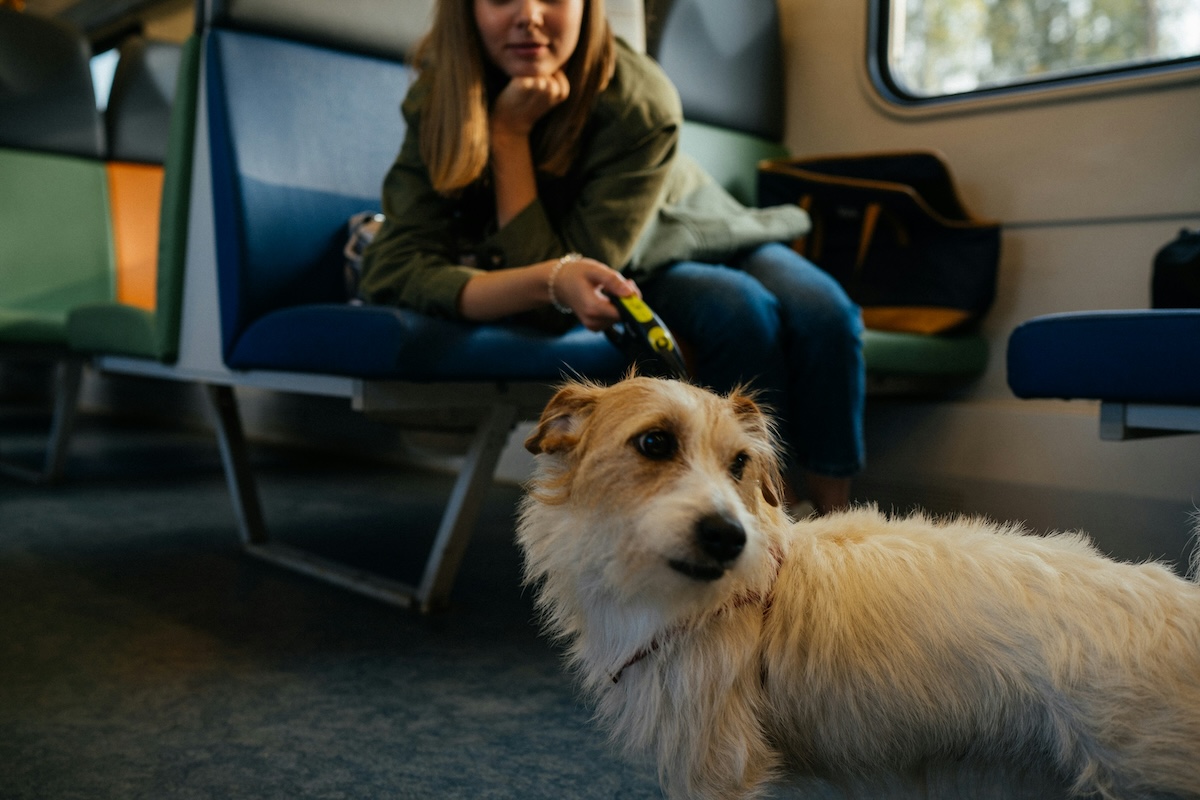
Photo by Egor Gordeev on Unsplash
Flying with a dog is tough! Airports and airplanes can be incredibly stressful for anyone, dogs included – add issues like general confusion, cascading delays, and slowdowns, and you’ve almost got a recipe for disaster. Your puppy needs specific skills that go way beyond basic obedience.
Get Them Used to Strange Sounds
Airplanes are loud, and airports are chaos. Play airplane and airport sounds at home while your puppy eats or plays. YouTube has hours of it if you’re not sure where to look. Start quiet and gradually increase the volume over several weeks.
Your goal is a dog who doesn’t panic when they hear the hydraulic whir of landing gear or the roar of engines. Some dogs are naturally sound-sensitive, so this training can take months.
Practice Airport-Style Handling
TSA agents will need to handle your dog during security screening. Your puppy must be comfortable with strangers touching their paws, looking in their mouth, and generally invading their personal space.
Have friends and family members practice this type of handling. Make it positive with treats and praise. The last thing you want is your dog snapping at a security officer because a stranger has never handled them.
In-Cabin vs. Cargo Training
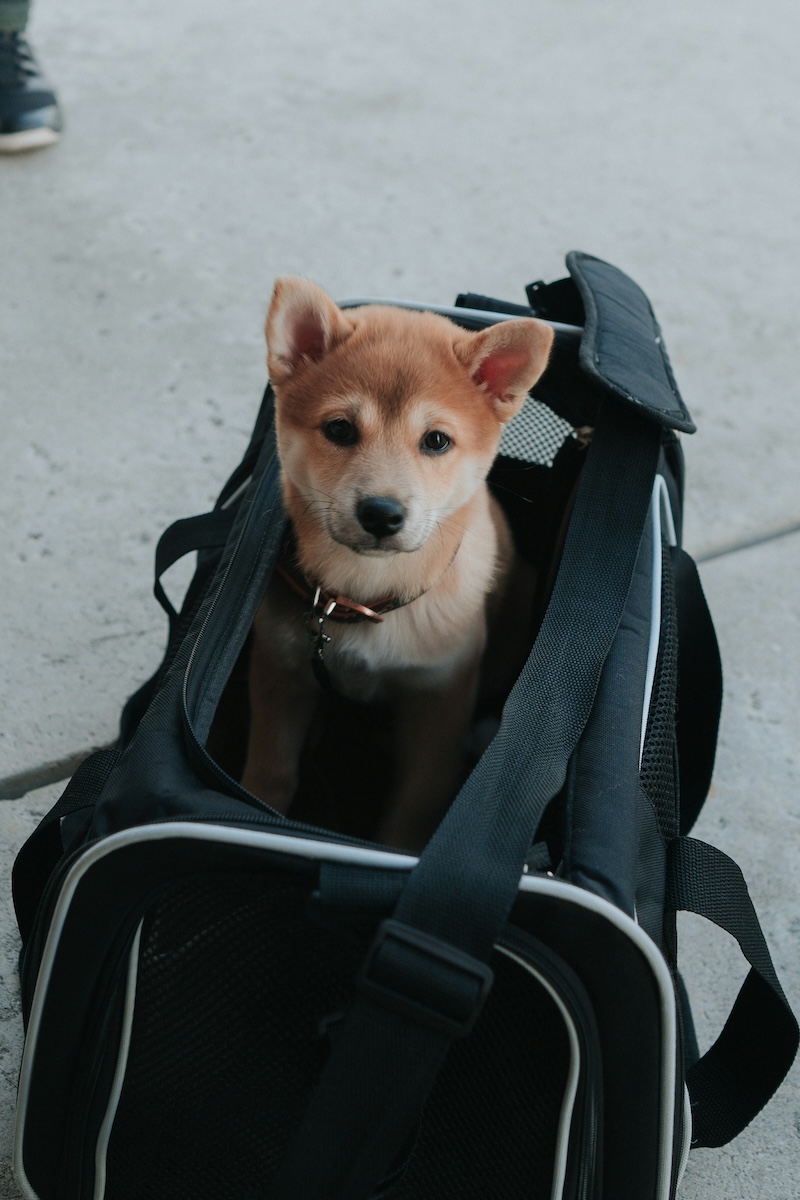
Photo by Dex Ezekiel on Unsplash
The training approach changes dramatically based on whether your dog will fly in the cabin with you or in cargo. Small dogs have different challenges than large dogs.
In-Cabin Training Tips
If your dog is small enough to fly in the cabin, they must be completely silent and still for hours. This behavior isn’t natural for most puppies, so you’ll need to work up to it gradually.
Practice having your puppy stay quiet in their carrier while you watch a movie or work on your laptop. They can’t bark, whine, or paw at the carrier door. Airlines can and will remove you from flights if your dog becomes disruptive.
Cargo Training Tips
Cargo dogs need different skills. They’ll be alone in a strange environment with weird, loud sounds and air pressure changes. Your training needs to focus on independence and confidence.
Work with professional trainers who understand cargo travel requirements. Some facilities offer specialized programs that prepare dogs for the unique stresses of flying in cargo.
Hotel and Accommodation Etiquette
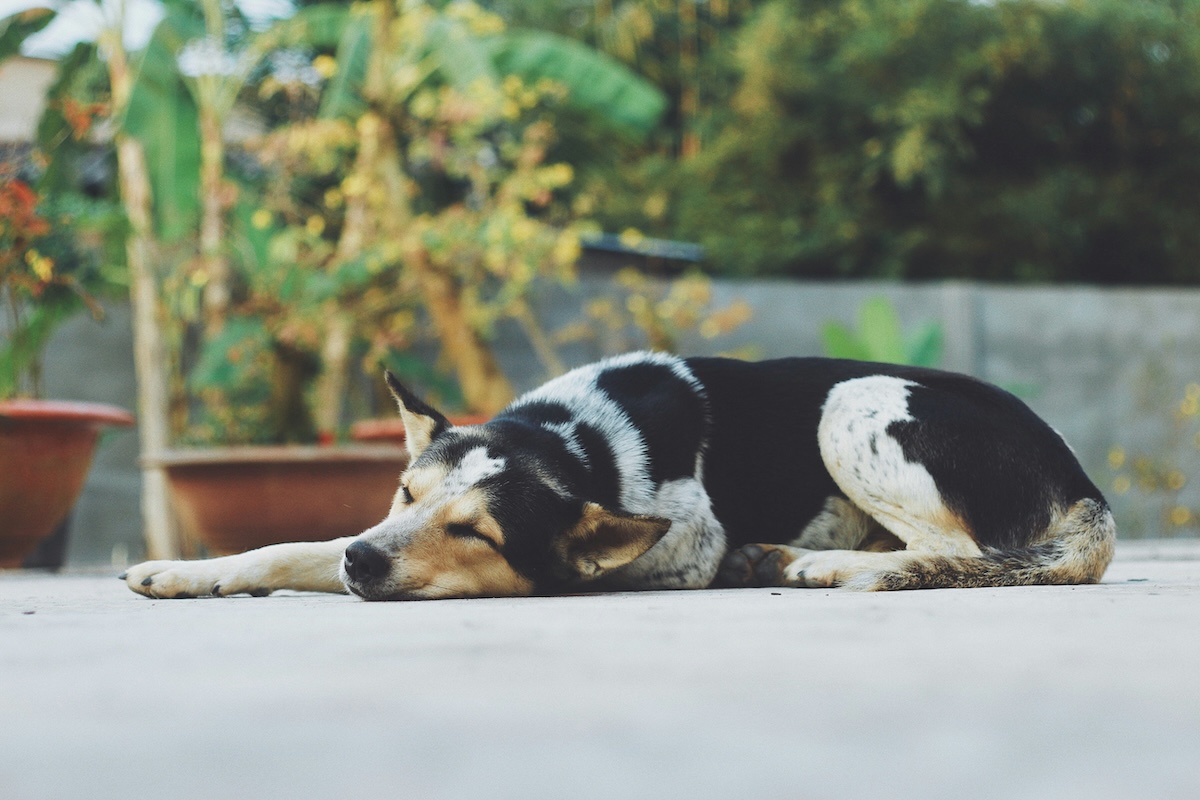
Photo by Huỳnh Chương on Unsplash
Your perfectly trained travel dog must still know how to behave in temporary homes. Hotel rooms, vacation rentals, and guest bedrooms all present unique challenges. At centers like All Dogs Unleashed, for example, the trainers can design in-home training programs for you, or you can invest in a two-week stay where your dog boards so that you can train your pup even if you have immediate travel plans.
Respect Other People’s Spaces
Your puppy needs to understand that not everything is theirs to chew, claim, or mark. Practice staying in unfamiliar environments without destructive behavior. Visit friends’ houses and practice the “leave it” command often.
Hotel housekeeping staff shouldn’t have to deal with torn curtains, chewed furniture, or accidents on expensive carpets. Your dog’s behavior reflects on all dog travelers, so don’t be the reason hotels stop accepting pets.
Practice Quiet Time
Hotel walls are thin, and your neighbors didn’t sign up to listen to your dog’s separation anxiety concert. Your puppy must be comfortable alone in strange spaces without barking, howling, or destroying things.
Practice leaving your dog alone in different rooms of your house. Start with just a few minutes and work up to several hours. Use white noise or calming music to help them adjust to new sounds.
Emergency Preparedness and Health Requirements

Photo by thanh hien on Unsplash
Travel emergencies happen, and your puppy needs to be prepared for anything from delayed flights to sudden illness in unfamiliar places.
Build a Comprehensive Health Record
Keep digital and physical copies of all vaccination records, health certificates, and any medications your dog needs. Different destinations have different requirements, and some places require health certificates issued within specific timeframes.
Research veterinary clinics at your destinations before you travel. Know where to find the nearest emergency animal hospital, just in case.
Pack Smart for Any Situation
Your travel kit should include enough food for longer than planned, backup medications, familiar toys, and cleaning supplies for accidents. Don’t assume you’ll be able to buy your dog’s specific food brand in rural Montana or at an emergency vet in Belize.
Include a recent photo of your dog and your contact information in multiple places. If you get separated, you want to make reuniting as easy as possible.
Ready to Travel?
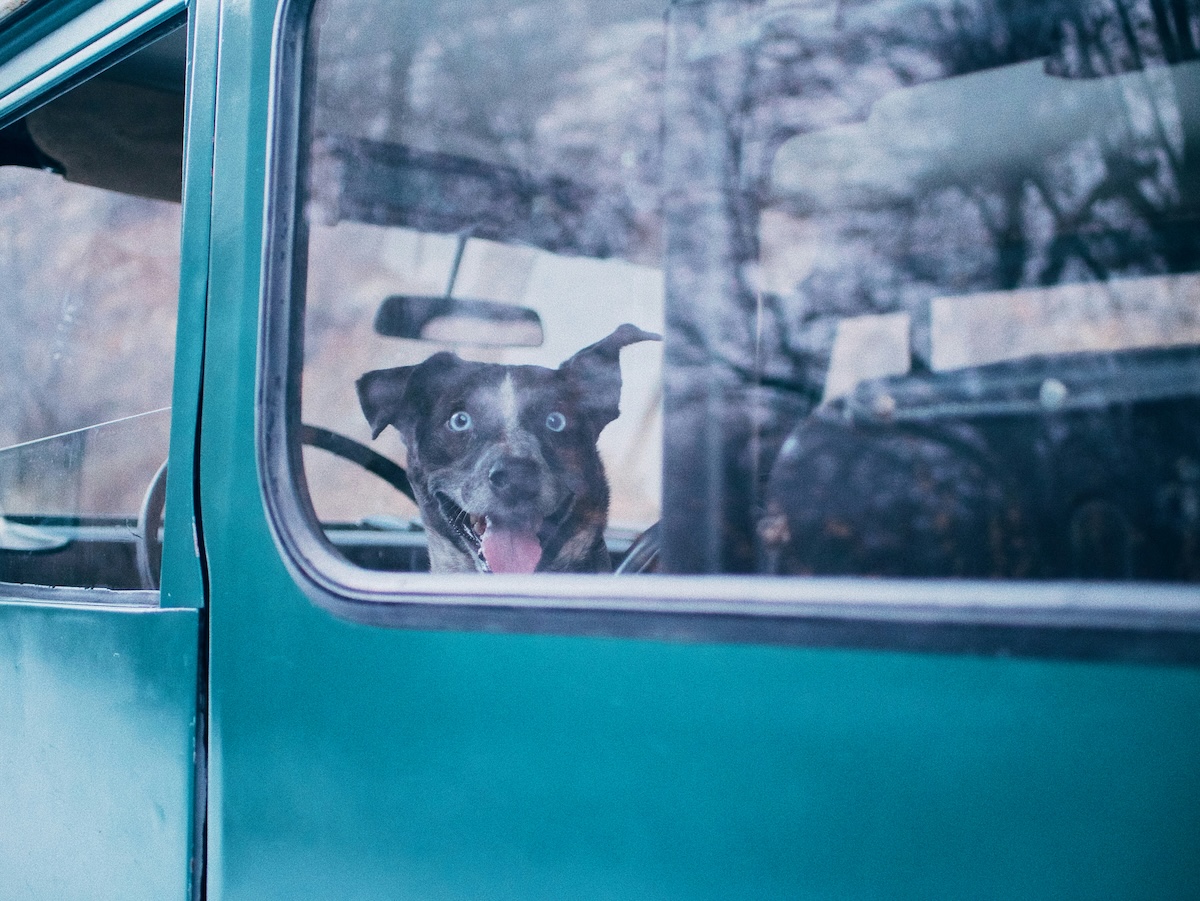
Photo by Jay Miller on Unsplash
Not every dog is comfortable with extensive travel, and that’s okay. Some puppies will never be comfortable flying, no matter how much training you do. Others thrive on the adventure and adapt quickly to new environments.
Pay attention to your puppy’s personality and stress signals. A dog who shakes uncontrollably during car rides might not be your ideal hiking companion in the Rockies. Be realistic about your dog’s limitations and your commitment to training.
Travel training takes months – not weeks. If you’re planning a big trip, start training immediately. Your puppy won’t transform into a seasoned travel pro overnight, and rushing the process can backfire.
Your new puppy can become your perfect travel companion, but getting them there requires patience, consistency, and realistic expectations. Start with short local trips and work up to bigger adventures. Before you know it, you’ll have a four-legged co-pilot who’s ready for anything the road throws your way!
Happy Travels!
About the Author
 As the editor-in-chief of Frayed Passport, my goal is to help you build a lifestyle that lets you travel the world whenever you want and however long you want, and not worry about where your next paycheck will come from. I've been to 20+ countries and five continents, lived for years as a full-time digital nomad, and have worked completely remotely since 2015. If you would like to share your story with our community, or partner with Frayed Passport, get in touch with me using the form on our About page.
As the editor-in-chief of Frayed Passport, my goal is to help you build a lifestyle that lets you travel the world whenever you want and however long you want, and not worry about where your next paycheck will come from. I've been to 20+ countries and five continents, lived for years as a full-time digital nomad, and have worked completely remotely since 2015. If you would like to share your story with our community, or partner with Frayed Passport, get in touch with me using the form on our About page.Featured image by Nellie Adamyan on Unsplash
Information published on this website and across our networks can change over time. Stories and recommendations reflect the subjective opinions of our writers. You should consult multiple sources to ensure you have the most current, safe, and correct details for your own research and plans.
Frayed Passport is a participant in the Amazon Associates Program, an affiliate advertising program designed to provide a means for sites to earn advertising fees by advertising and linking to Amazon.com. We also may share links to other affiliates and sponsors in articles across our website.


